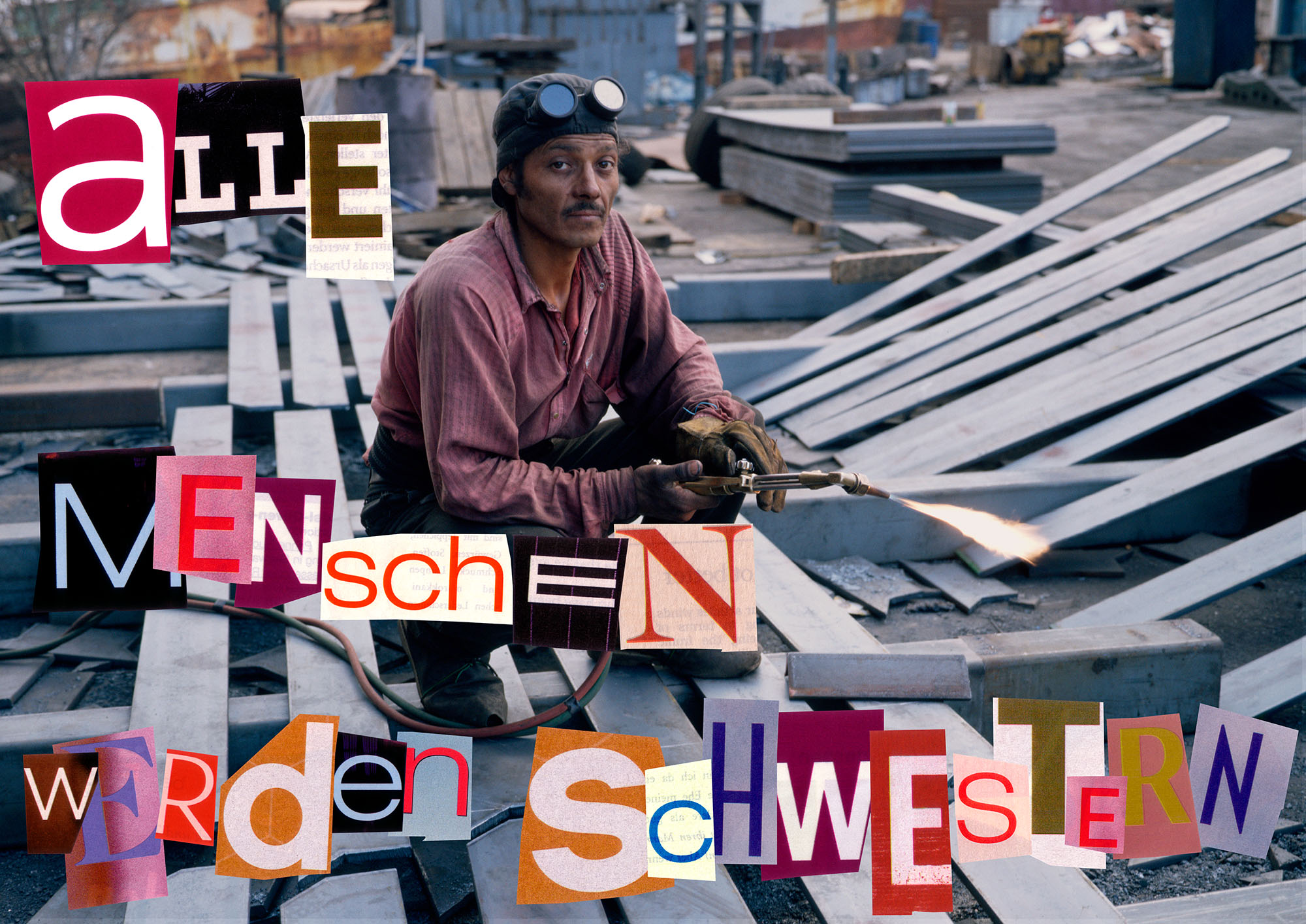Art as an Agent of Modernisation. Władysław Strzemiński's Double Politics of Social Change, the Museum, and Artistic Culture
Art as an Agent of Modernisation. Władysław Strzemiński's Double Politics of Social Change, the Museum, and Artistic Culture
Author(s): Tomasz ZałuskiSubject(s): Sociology of Art
Published by: Widok. Fundacja Kultury Wizualnej
Keywords: Władysław Strzemiński; modernisation; avant-garde art; museum of artistic culture; inheritance; effectivity of art; activism
Summary/Abstract: The avant-garde has been often considered as an attempt to integrate art with the praxis of everyday life and as an enterprise of designing the social change and creating visions of the new man, new culture and new society. This has led to interpreting the avant-garde as a radical but also – utopian artistic and cultural movement. Less often, even nowadays, the avant-garde is described and defined regarding the necessity and capability of creating new circumstances for radical artistic and socio-political ideas to get culturally enrooted, socially legitimised, and politically implemented. To create these appropriate circumstances, the avant-garde had to be able to function and perform efficiently within the real conditions of a particular time and place. It is here that the so-called “utopism” of the avant-garde got replaced by or at least supplemented with its operativity, good judgement and effectivity, enterprising spirit and resourcefulness – that is with its ability, sometimes highly developed, to self-organise and self-institutionalise in the public sphere. The article focuses on the artistic and organisational practices of Polish constructivist artist Władysław Strzemiński, especially on his expanded idea of art as an agent of cultural and social modernisation. The author shows how in Strzemiński's case the modernisation imperative translated into what can be called a “double politics”. Strzemiński's successful attempt at creating the International Collection of Modern Art, which later became the basis of the Muzeum Sztuki in Łódź as a museum of the avant-garde, is briefly situated in this context. The point is to show what role the collection, deposited in a municipal museum in Łódź and made accessible to the general public, was to play in the artist's overall modernisation politics. In the second part of the article, the author reflects on the possibility of repurposing and updating the idea of the “Museum of Artistic Culture” as an institution capable of providing a relevant and responsible answer to the avant-garde's ethos and heritage of modernisation. It is done concerning the project entitled The Effectivity of Art, organised by himself on the invitation from the Muzeum Sztuki in the years 2012-2014. It is one of the projects through which the institution has been trying to work with and re-work this modernisation heritage of the avant-garde in the sphere of contemporary artistic and activist practices.
Journal: Widok. Teorie i Praktyki Kultury Wizualnej
- Issue Year: 2018
- Issue No: 20
- Page Range: 35-54
- Page Count: 20
- Language: English

